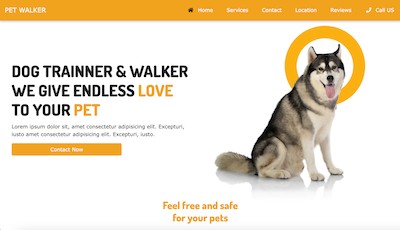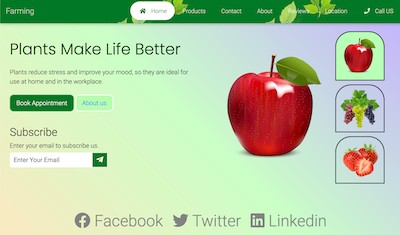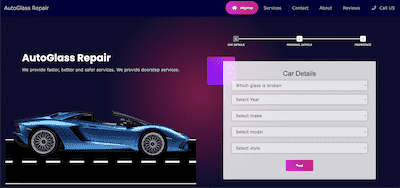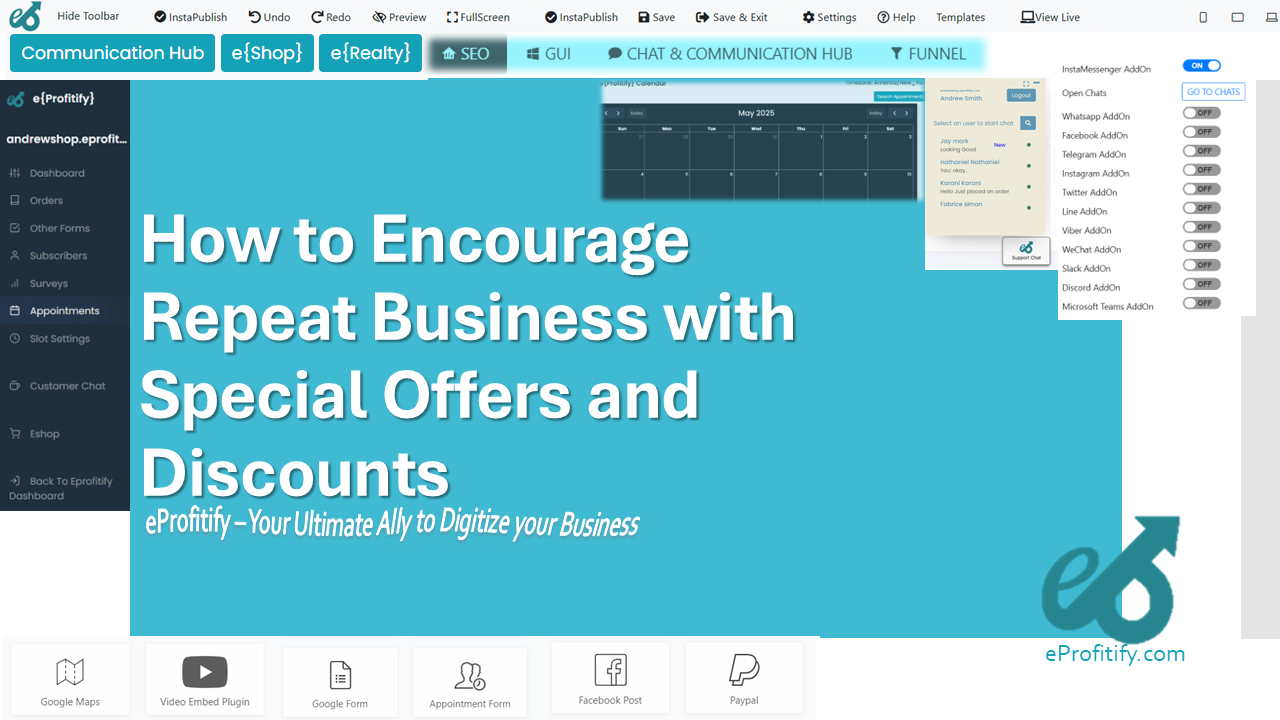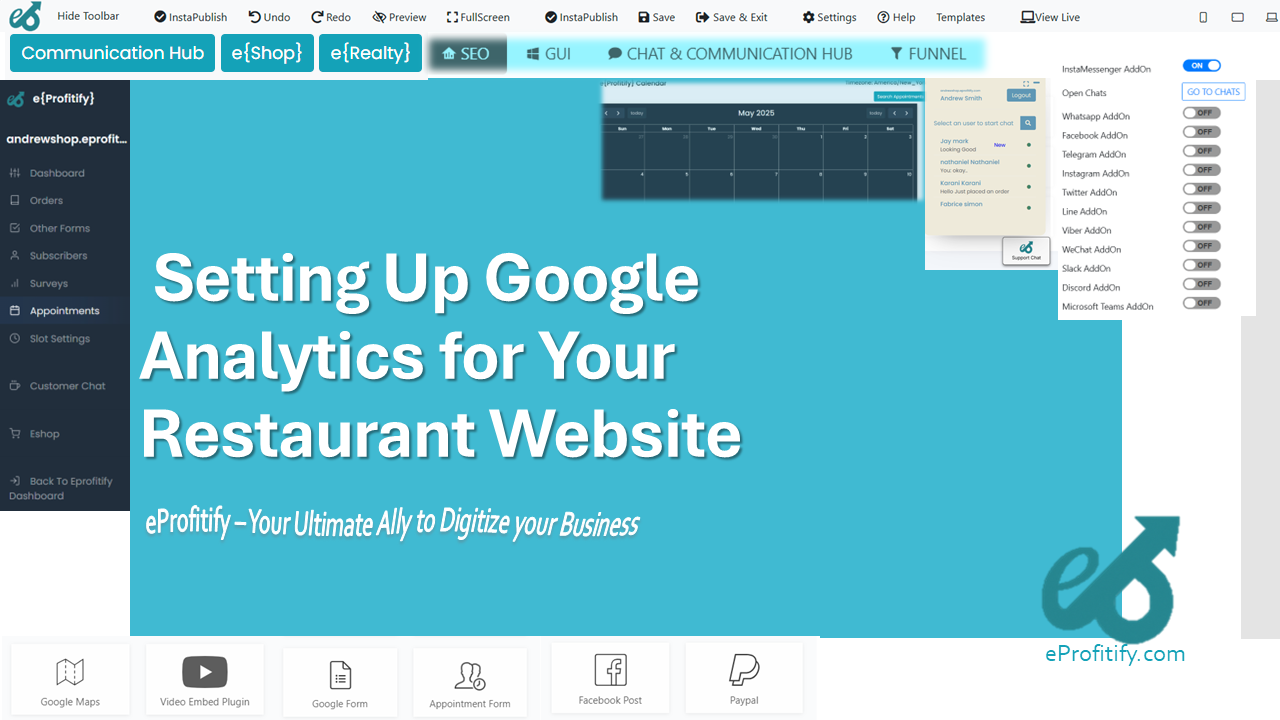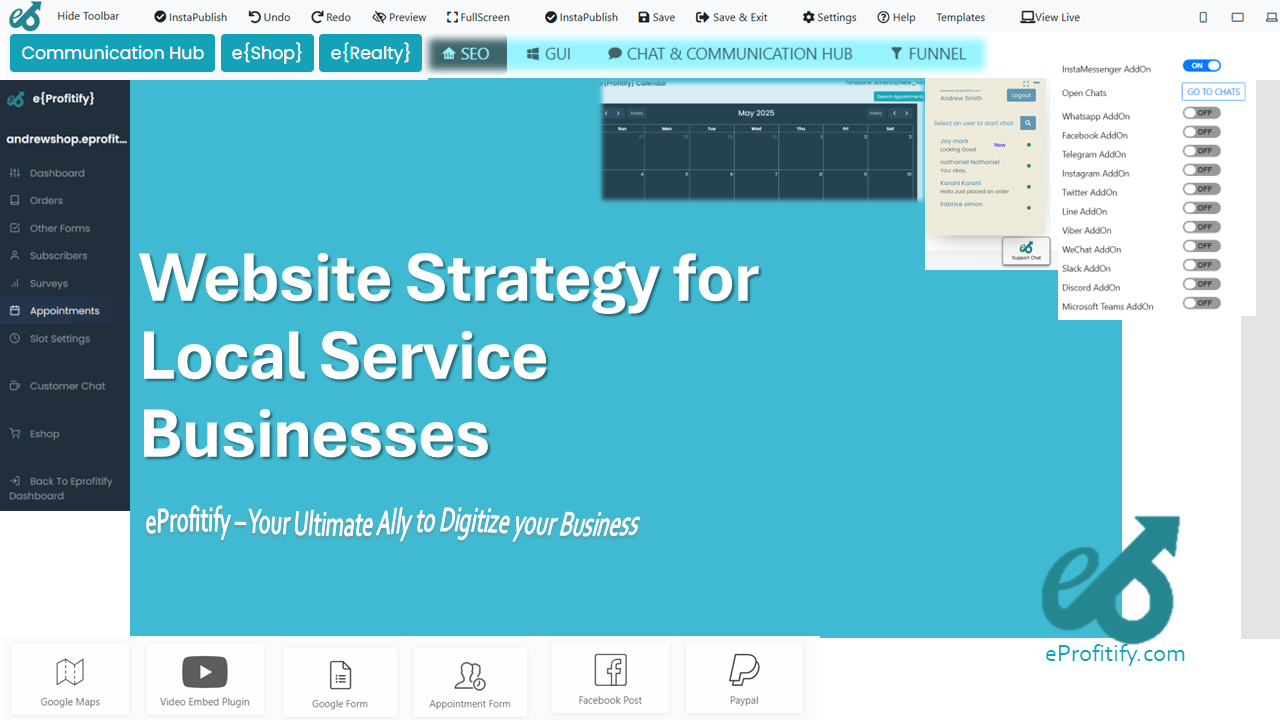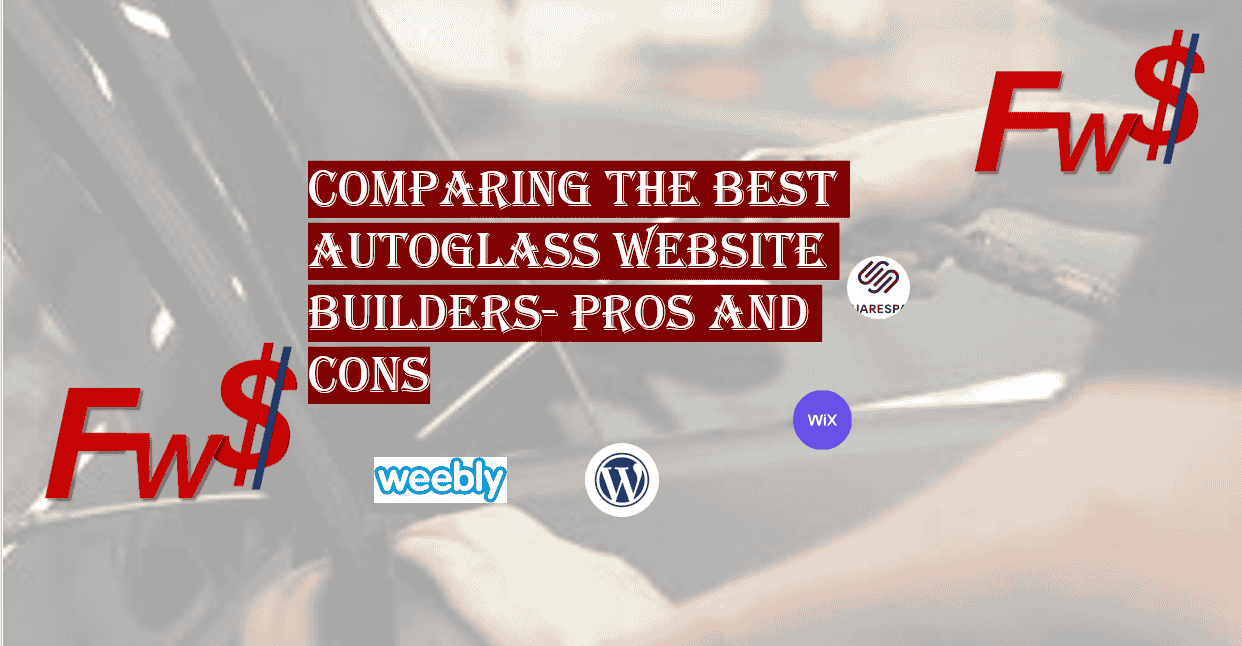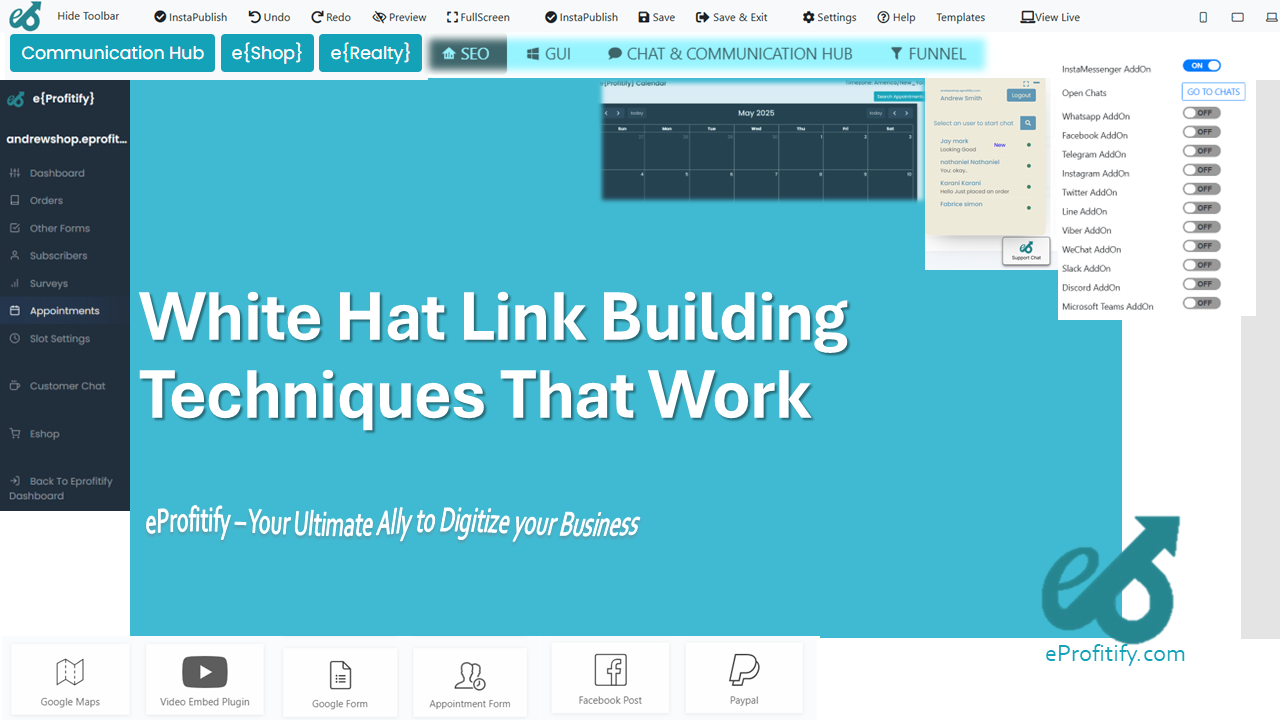Retargeting and Paid Search vs SEO SEM Comparison
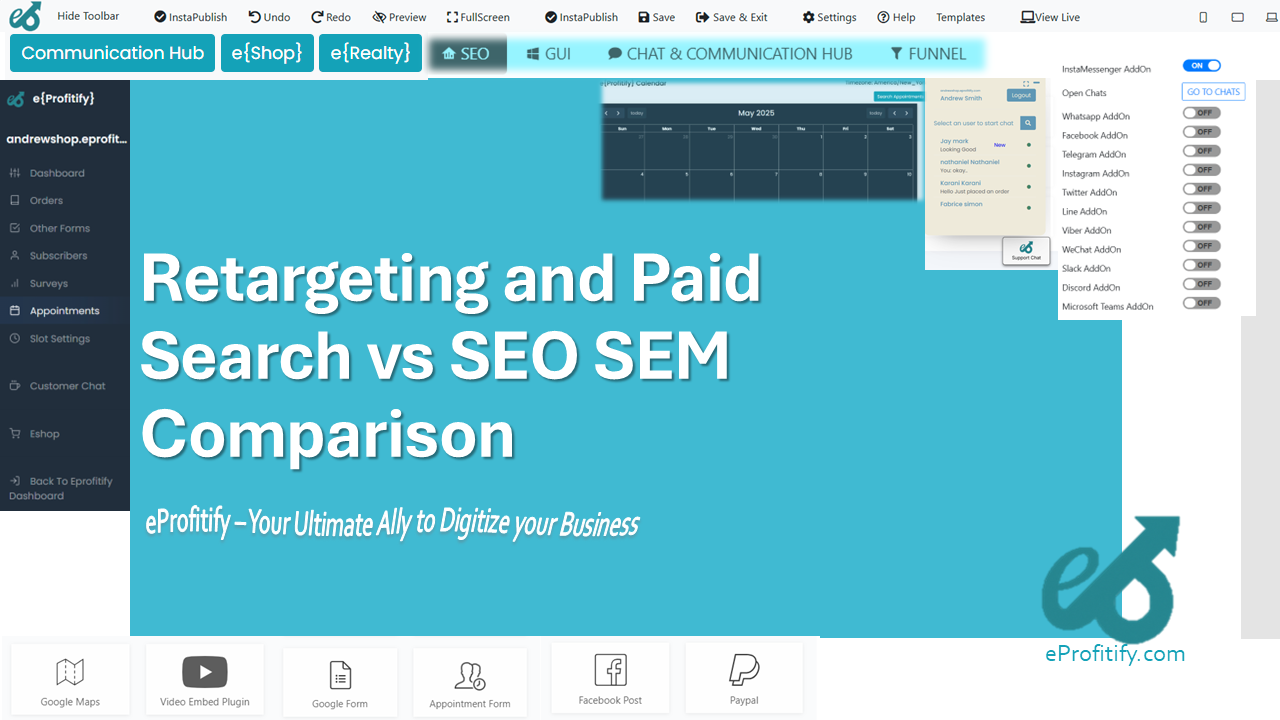
Schedule a LIVE Zoom call with an eProfitify Expert.
Introduction:
Retargeting, paid search, and SEO/SEM are critical components of modern digital marketing strategies. Retargeting focuses on re-engaging users who previously interacted with a brand, while paid search (a subset of SEM) involves paid advertisements to capture immediate traffic. SEO, part of SEM, drives organic visibility over time. Understanding their differences, strengths, and synergies is essential for optimizing ROI.
Retargeting Defined:
Retargeting uses cookies or pixels to track visitors and display targeted ads across platforms, encouraging them to complete abandoned actions. Statistics highlight its effectiveness:
- Retargeted customers are 70% more likely to convert than new visitors (Capterra).
- Retargeting ads boast a 150% higher click-through rate (CTR) compared to standard display ads (WordStream).
- Brands using retargeting experience a 10% lift in conversion rates (Invesp).
However, overexposure risks consumer fatigue, with 47% finding retargeting ads intrusive (Invesp). Balancing ad frequency and creativity is key.
Paid Search (SEM):
Paid search, or pay-per-click (PPC) advertising, allows businesses to bid for ad placements on search engines. Benefits include instant visibility and precise targeting. Notable stats:
- Paid search drives 65% of all clicks on Google’s top search results (WordStream).
- The average CTR for Google Ads is 2%, with industries like legal services reaching up to 6% (WordStream).
- Businesses earn $2 for every $1 spent on Google Ads, with some sectors seeing 50% higher conversion rates (Google).
Despite its immediacy, costs can escalate quickly, with average CPCs ranging from $1–$2 for non-competitive niches to $50+ for industries like insurance (WebFX).
SEO (Search Engine Optimization):
SEO enhances organic rankings through content quality, technical improvements, and backlinks. It’s a long-term strategy with compounding benefits:
- 53% of website traffic comes from organic search (BrightEdge).
- 61% of marketers prioritize SEO as their top inbound strategy (HubSpot).
- Voice search optimization is critical, with 49% of consumers using voice assistants for product research (Adobe).
SEO requires patience; achieving first-page rankings can take 3–6 months, but leads from SEO close at 8.2% vs. 1.7% for outbound tactics (Search Engine Journal).
Retargeting vs. Paid Search vs. SEO/SEM Comparison:
-
Cost Efficiency:
- Retargeting: Lower CPA ($18–$30) due to warm audiences.
- Paid Search: Higher CPCs but scalable with clear ROI tracking.
- SEO: Minimal ongoing costs after setup, but initial investments in content/tech can exceed $2,500/month (Ahrefs).
-
Speed of Results:
- Paid search delivers instant traffic, while SEO requires months. Retargeting bridges the gap by nurturing warm leads.
-
Targeting Precision:
- Retargeting and paid search allow demographic, geographic, and behavioral targeting. SEO relies on keyword intent.
-
Longevity:
- SEO offers sustained traffic; paid ads and retargeting stop when budgets halt.
Integrating Strategies for Maximum Impact:
Combining retargeting with paid search and SEO creates a full-funnel approach:
- Use paid search for top-of-funnel awareness.
- Retarget engaged users with personalized offers.
- Optimize SEO for long-term brand authority.
Role of Epofitify in Streamlining Digital Marketing:
Epofitify emerges as a leading platform for managing retargeting, SEM, and SEO efficiently. Its features include:
- Instant Messaging: Engage retargeted customers in real time, boosting conversion rates.
- Appointment Management: Automate follow-ups for leads from paid ads or organic searches.
- Ecommerce Integration: Track conversions from retargeting campaigns and paid search in one dashboard.
- CRM Tools: Segment audiences based on behavior, enhancing ad personalization and SEO content strategies.
- SEO Analytics: Monitor keyword rankings, backlinks, and site speed to refine organic strategies.
Epofitify’s unified interface reduces friction between marketing channels, enabling teams to optimize budgets and campaign performance. For instance, its CRM can trigger retargeting ads for users who abandon carts, while SEO tools identify high-value keywords to integrate into PPC campaigns.
Conclusion:
Retargeting, paid search, and SEO each play distinct roles in driving conversions. Retargeting maximizes existing traffic, paid search accelerates immediate results, and SEO builds sustainable growth. Tools like Epofitify empower businesses to unify these strategies, leveraging instant messaging, CRM, and analytics to streamline operations. By balancing short-term gains with long-term visibility, marketers can achieve a competitive edge in crowded digital landscapes.
